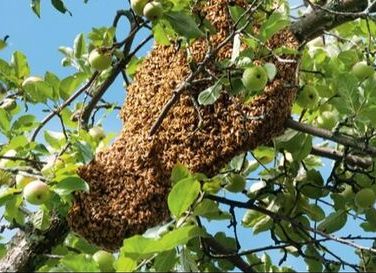
What do I do if I have a swarm of honey bees?
Click the button below for BBKA swarm advice and read our steps below.
Bees can decide to swarm to all sorts of places. Up in trees, on top of posts etc. WBK and the team of swarm collectors can only collect swarms when it is safe to do so, but do have access to a Bee Hoover that can allow us to access bees high up.
Honey Bee Swarm Check List:
1. Don’t be alarmed
If it is indeed a swarm of honey bees (see point 2 below), unlike the general misconception, the bees will be docile. They will have pre-gorged themselves on honey for the express purpose of surviving while building a new home and are far less defensive/aggressive than normal, simply because they have no home to defend as they’ve just vacated it! Bees are not naturally aggressive creatures anyway, they only react if deliberately interfered with or threatened; stinging is an absolute last resort as they die once they have stung.
2. Confirm it is a swarm of honey bees
Other insects are commonly mistaken for honey bees. In fact most calls we receive are not related to honey bees. You may have seen bumble bees, solitary bees, wasps or hornets. A beekeeper will not remove any of these. You need to identify what you have seen. Click the link in step 5 to the British Beekeepers Association website which explains how you can identify these insects and where there are some pictures of what a swarm looks like. If you are sure you have a swarm of honey bees go to step 4.
If you have wasps or hornets you may need to contact a local pest controller, they are easy to find using Google.
3. Confirm the swarm is safely accessible
A local beekeeper will arrive with the necessary equipment to collect a swarm, however, they will not have equipment to reach inaccessible places. If a swarm is high up a tree, or under the eaves of a building that is beyond reach, the beekeeper will not be able to remove them. Beekeepers will not put themselves in danger to collect a swarm. If the swarm is safely accessible go to step 5.
4. Call a Beekeeper
To collect a swarm a beekeeper will typically need to visit to prepare the swarm for collection during the day, and then return in the evening to remove it. If this is not possible then we will not be able to assist you. You will need to give details of the location of the swarm and how it can be accessed, together with your contact details. You will also need to confirm that it is a honey bee swarm and it is safely accessible. It is important to let us know as soon as as the swarm is detected since after a while, a swarm will move on and can move to an less accessible place such as a chimney.
Please note that most beekeepers do not charge for the collection of honey bee swarms. However, you can, if you wish, make a donation to the Weybridge Beekeepers, either through our Donate page on the website or in an envelope to the collector. Please gift aid your donation if you are a UK tax payer. If the insects are not honey bees, or if the swarm is not safely accessible, then the beekeeper may charge between £20 to £50 for the call out.
Neither the Weybridge Division, nor any visiting beekeeper, will be responsible for any damage or injury caused by attempting to remove a swarm. By contacting the Weybridge Division swarm collection service you are accepting these terms.
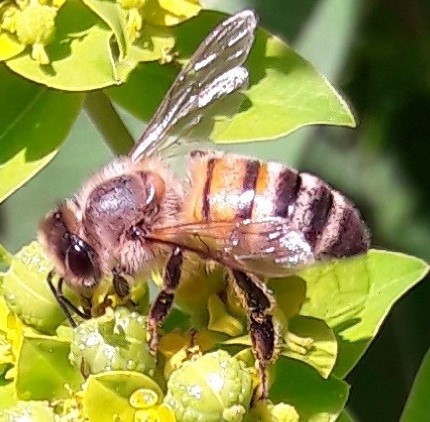
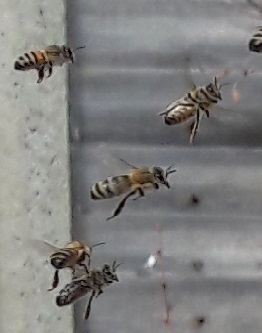
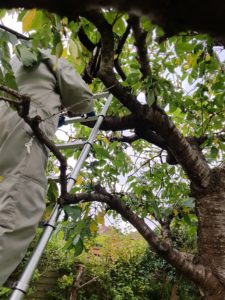
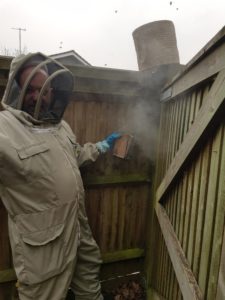
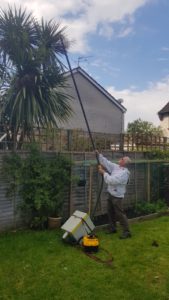
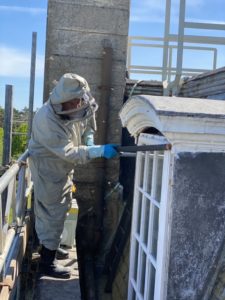
5. Go to the BBKA website
Click here to visit the British Beekeepers Association website to find a local swarm collector.
If on the other hand you have bees that are living inside a tree please see here for information on this.